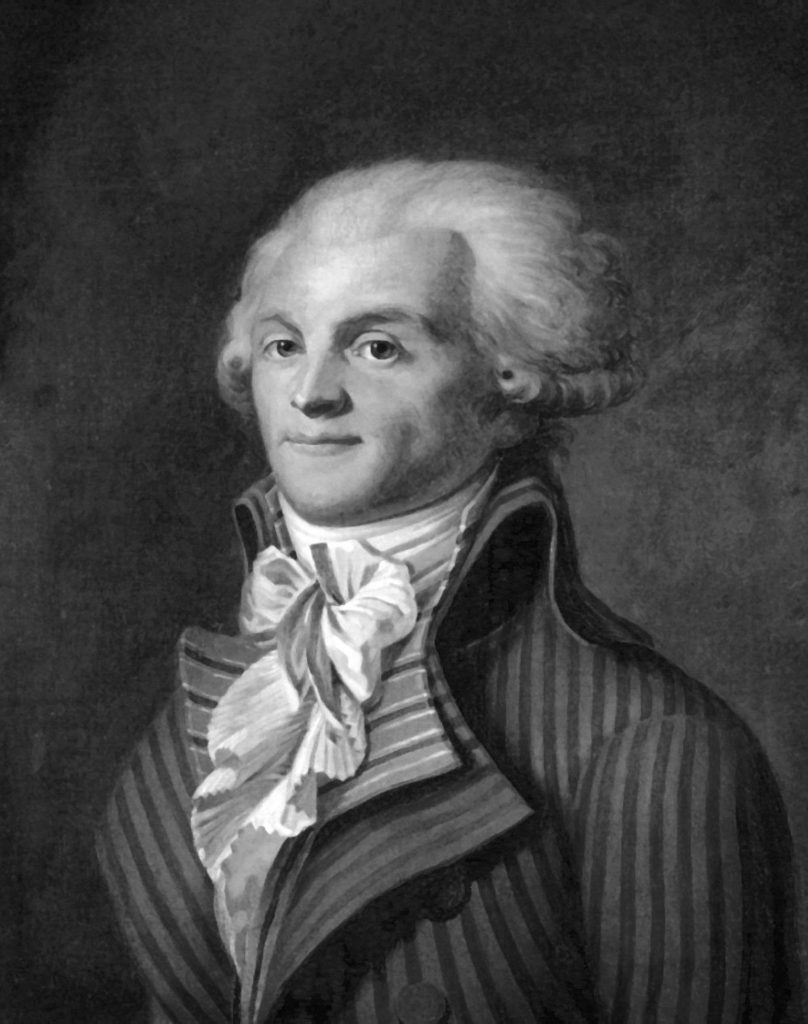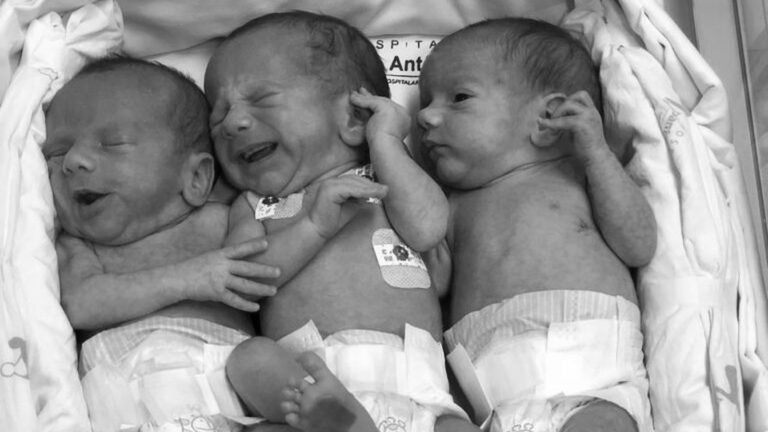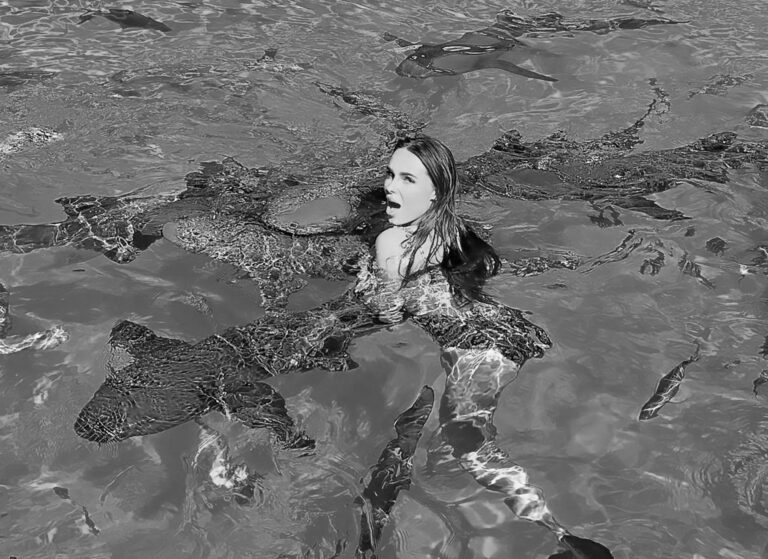The administrator of a chapel in Paris claims to have found the remains of 500 people who were guillotined during the French Revolution hidden in its walls.
Using a special camera he has already discovered that the walls contain human bones and what appear to be leather chests also containing human remains, and further research will now be done to confirm the claim.
The discovery was made by Aymeric Peniguet de Stoutz, the administrator of the Expiatoire chapel in Paris, who has been studying historical documents for years and who has now determined that they pinpointed the chapel walls as the final resting place of 500 victims of the guillotine.

The bones of those executed during what was known as “the Terror” had apparently remained hidden inside this chapel dedicated in 1826 to the memory of Louis XVI and Marie-Antoinette, according to de Stoutz.
Louis XVI and Marie-Antoinette were themselves guillotined after being caught trying to escape France during the Revolution. Louis XVI was the last Bourbon king of France (1774–92), was married to Marie Antoinette and was executed for treason by guillotine in 1793 at Place de la Concorde. She was killed the same way nine months later.
The Terror (‘La Terreur’ in French) was a period of the French Revolution that saw a series of massacres and public executions in response to revolutionary fervour, anticlerical sentiment, and accusations of treason by Maximilien Robespierre, one of the Revolution’s most influential figures, and the Committee of Public Safety after the creation of the First French Republic.
Depending on the city, the Terror took place beginning anywhere between July 1789 and 1792 and ended in 1794, when Robespierre was himself executed by guillotine. French newspaper Le Point speculates that Robespierre’s remains could even be among the 500 bodies inside the chapel walls.

According to Le Parisien, Aymeric Peniguet de Stoutz, the administrator of the Expiatoire chapel in Paris, began a long investigation in 2018, juggling between historical documents and archaeological excavations.
Going “from deduction to deduction”, this “Sherlock Holmes of archives” has apparently made a surprising discovery, namely that the remains of 500 people who were decapitated at Place de la Concorde between 21st January 1793 and 28th July 1794 are not buried in the Catacombs, contrary to what historians believed, but are instead in the small chapel of the 8th arrondissement in Paris, he claims.
A plaque in the Catacombs, which are a popular tourist attraction in the French capital with a public entrance near the Place Denfert-Rochereau metro stop, indicated that the bones, first buried in the old Madeleine cemetery (upon which the chapel is built), had then been moved into the Catacombs.

However, the plaque in the catacombs detailing the origin of the bones reportedly mentions a different cemetery. The writings of Louis XVIII (1755 – 1824), King of France from 1814 to 1824, then put Peniguet de Stoutz on the trail of the Expiatoire chapel.
The king had instructed the architect of the building “that no land saturated with victims be moved from this place for the construction of the chapel.”
Helped by archaeologist Philippe Carlier, the administrator was able to carry out excavations.
By passing a camera through the joints between two stones on one of the walls of the chapel, the duo then reportedly discovered human bones and knuckles, as well as leather chests in which human remains are said to have been piled up.

Peniguet de Stoutz has asked the regional directorate for cultural affairs (DRAC) to carry out additional excavations to prove his hypothesis.
Carried out under the aegis of the Fondation de France, they should take place next year.
To find out more about the author, editor or agency that supplied this story – please click below.
Story By: Joseph Golder, Sub-Editor: Michael Leidig, Agency: Central European News
The Ananova page is created by and dedicated to professional, independent freelance journalists. It is a place for us to showcase our work. When our news is sold to our media partners, we will include the link here.




